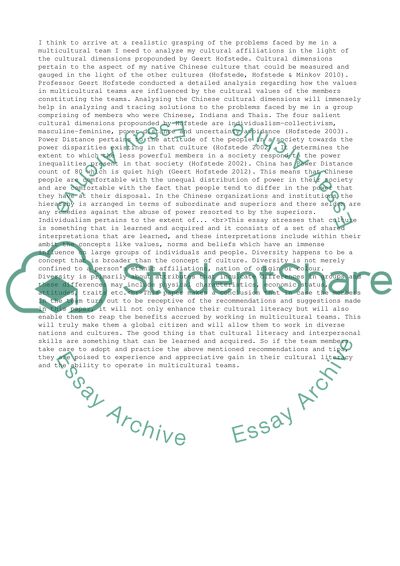Cite this document
(“Problems Working in Multicultural Teams Essay Example | Topics and Well Written Essays - 2000 words”, n.d.)
Retrieved from https://studentshare.org/business/1462484-problems-working-in-multicultural-teams
Retrieved from https://studentshare.org/business/1462484-problems-working-in-multicultural-teams
(Problems Working in Multicultural Teams Essay Example | Topics and Well Written Essays - 2000 Words)
https://studentshare.org/business/1462484-problems-working-in-multicultural-teams.
https://studentshare.org/business/1462484-problems-working-in-multicultural-teams.
“Problems Working in Multicultural Teams Essay Example | Topics and Well Written Essays - 2000 Words”, n.d. https://studentshare.org/business/1462484-problems-working-in-multicultural-teams.


